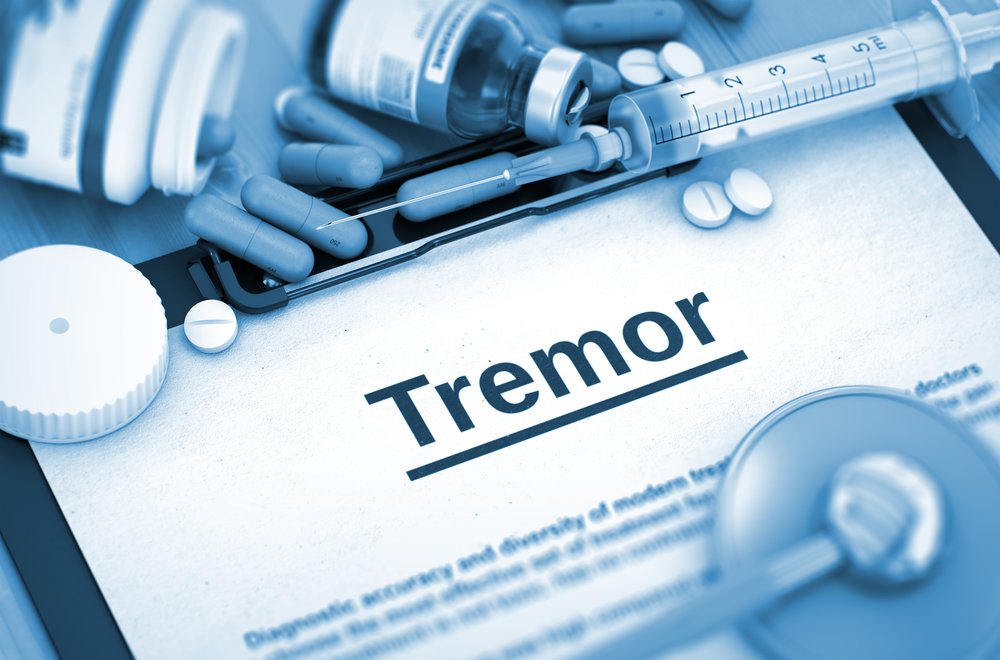Clinical Model Predicts Risk of Levodopa-induced Dyskinesia in Parkinson’s

Some clinical features of Parkinson’s disease patients — such as age at disease onset, disease duration, initial motor symptom, and use of dopaminergic agonists — can predict with high accuracy which patients will experience dyskinesia (abnormal involuntary movements) induced by levodopa treatment, a study found.
The study, “Diagnostic prediction model for levodopa-induced dyskinesia in Parkinson’s disease,” was published in the Brazilian journal Arquivos de Neuro-Psiquiatria.
Parkinson’s disease is a central nervous system disorder characterized by low levels of dopamine, causing tremors, stiffness, or slowing of movement.
Levodopa, a medication that helps counteract the shortage of dopamine in the brain, is the gold standard for treating Parkinson’s patients. But more than half the patients who use levodopa experience abnormal, involuntary movements — dyskinesia — within the first five years of treatment.
Many clinical and genetic features have been pointed to as predictors of levodopa-induced dyskinesia, but a model that incorporates all these features to accurately predict the risk of dyskinesia does not exist. Such a tool would be useful to choose patients for clinical trials testing therapies that prevent dyskinesia.
As research progresses toward precision medicine, “a more effective decision-making process in [n]eurology and medical therapy in [Parkinson’s ] seems suitable to be tailored based on prediction models, regarding the prevention of [levodopa-induced dyskinesia],” the researchers wrote
Seeking to develop one such model, researchers examined clinical and genetic data from a group of 430 Brazilian patients receiving levodopa for Parkinson’s disease. Among them, 232 had dyskinesia — defined as a score of one or higher on the “time spent with dyskinesias” item of the International Parkinson and Movement Disorders Society-Unified Parkinson’s Disease Rating Scale (MDS-UPDRS).
Compared to patients with dyskinesia, those without were significantly older at disease onset, older at evaluation, had a shorter disease duration, had been taking levodopa for fewer years and at lower doses, and had experienced tremor as their first symptom of Parkinson’s. They also used dopaminergic agonists, amantadine (brand name Gocovri, among others) and COMT inhibitors less frequently.
Statistical analysis showed that only four of these factors were significantly associated with dyskinesia: age of disease onset, disease duration, initial motor symptom, and use of dopaminergic agonists. When used together, these clinical factors could distinguish patients with and without dyskinesia with an accuracy of 81.5%.
While all these clinical factors had been associated with prior studies, none had demonstrated such a strong association with the initial motor symptom. In fact, patients with tremor as initial motor symptom were about 70% less likely to develop dyskinesia compared to people with other motor symptoms at disease onset.
Another model taking both clinical and genetic factors into account was only slightly better than this first model (correctly identifying about 81.7% of cases). This model also included four factors: age at disease onset, disease duration, initial motor symptom, and a specific genetic variant of the ADORA2A gene called rs2298383.
This gene provides instructions for making a receptor present in certain brain nerve cells that has been targeted to lessen motor symptoms in mouse models of Parkinson’s disease without increasing dyskinesia.
While both models could identify patients with dykinesia with high accuracy, “we suggest the use of the clinical prediction model, because its predictors are more easily assessed,” the researchers wrote.
This prediction model testing for the risk of dyskinesia is already available for free as a mobile application called DysKalc (only for Android operating system).






